Champagne Colin can trace their earliest wine growing to 1829 when Constant Piéton grew grapes. Constant was the great-grandfather of Geneviève Prieur who along with Marie-Louise Radet inherited vines from their parents. The estate remained in the family and in 1995 was taken over by brothers Richard and Romain Colin; Geneviève Prieur was their maternal grandmother. They changed the future for the estate from sending their grapes to a cooperative to becoming independent winegrowers.
We met and spoke with Richard’s wife, Delphine at the APVSA tasting in Washington DC earlier this month. Delphine helps out where needed from the cellar to the office, administration and export. While on tour of the Eastern United States, Delphine hopes to meet with distributors who may want to carry Champagne Colin.
I asked Delphine when she first became interested in wine. She recalled how important it was for her to be born in Champagne. She remembered walking in the vineyard with her grandmother. When she was older, she traveled around the world, but knew that Champagne was calling her back. Delphine married Richard who is now the winemaker.
Champagne Colin is in the village Vertus in the Côte des Blancs region of Champagne. Their vineyards are classifies as Premier Cru and Grand Cru. Most of the vineyards are planted with Chardonnay.
I tasted three champagnes from their portfolio at the wine tasting. The Cuvée Alliance is a blend of Chardonnay 65% and Pinot Meunier 35%. The grapes came from their Premier Cru vineyard in Sézanne. The champagne had multiple columns of tiny bubbles forming mousse on the center and circumference of the surface. The wine had a lively aroma of apple and citrus. The champagne was creamy and offered apple and some berry fruit on the taste. Although a brut, it had a bit of sweetness with a dosage of 9 g/L. The mouthfeel was also very lively. The finish was crisp with a bit of mineral. The champagne sells for 23€.
The Cuvée Blanche de Castille, Premier Cru was crafted with 100% Chardonnay. The wine was aged on the lees between 18 and 30 months. It offered multiple columns of tiny bubbles forming a central mousse. It was noted that the aroma and taste offered apple, freshly baked bread and a hint of mineral. The mouthfeel was creamy and lively. The finish was crisp with a hint of salt. Yum! The champagne sells for 26€.
The third champagne tasted was a 2011 Cuvée Grand Cru made from 100% Chardonnay. It aged for at least six years before disgorging. The yellow colored wine had multiple columns of tiny bubbles forming a central and circumferential mousse on the wine’s surface. Freshly baked bread, apple and citrus were noted on the aroma and taste. The champagne had a very creamy mouthfeel that yielded to liveliness. The wine had a crisp finish with a long aftertaste. The champagne sells for 37€.
Hopefully Champagne Colin can acquire a distributor in the United States so we can delight in their crafted champagnes.
Cheers,
Terry
-1.5in.jpg)


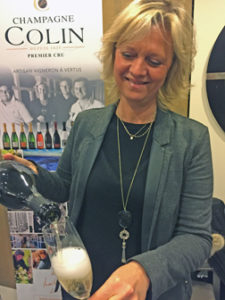
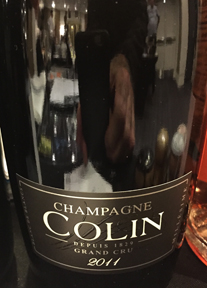
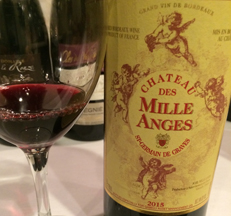
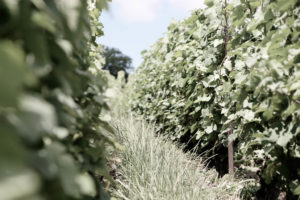
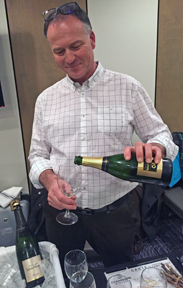
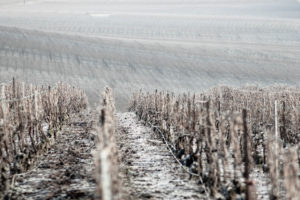
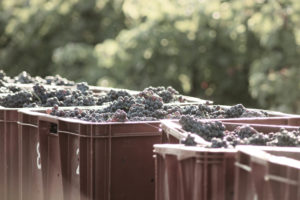
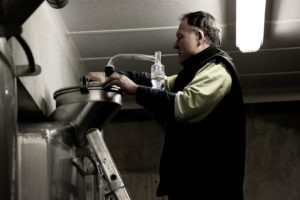
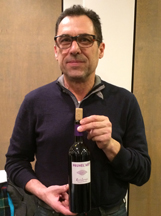
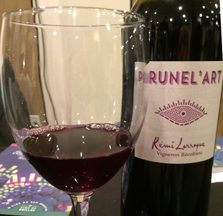
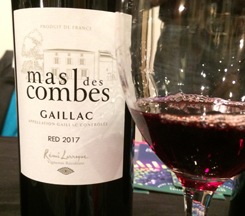
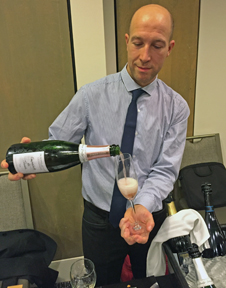
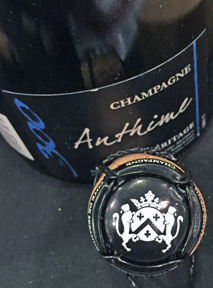
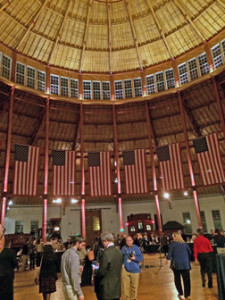
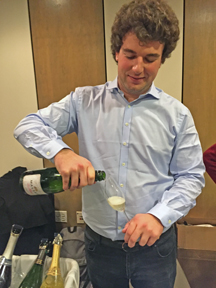
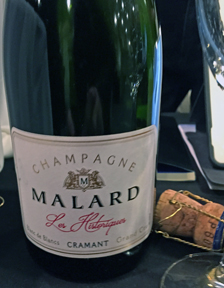
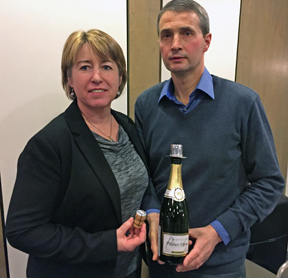
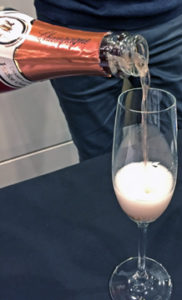
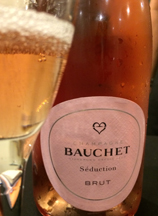
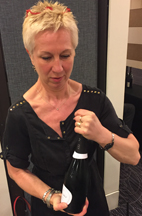
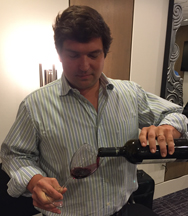
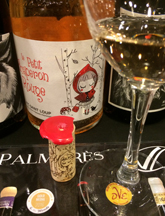
Washington DC Tasting Includes Champagne Sourdet-Diot
Amelie pours the Brut Rosé.
Champagne Sourdet-Diot is located at La Chapelle Monthodon in the Marne Valley. The first vines were planted in the 1960s by Raymond Sourdet who sold the grapes to champagne houses. Over the years the vineyards were expanded. During the 1980s, Patrick and Nadine Sourdet began to make champagne with their grapes while also selling some of the grapes. By the 1990s, all the grapes harvested were used by the Sourdets. In 2003, Patrick and Nadine’s daughter, Ludivine and her husband Damien joined the family champagne house.
While at the APVSA tasting in Washington DC, I had the opportunity to speak with Amelie Sourdet who poured three champagnes to taste. Amelie works in the champagne house’s export group. She said that her interest in wine started when she was young and was permitted to taste wine.
Champagnes
Champagne Sourdet-Diot Brut Cuvée de Reserva
The Brut Cuvée de Reserva was a blend of 80% Pinot Meunier and 20% Chardonnay. The yellow colored wine had multiple columns of tiny bubbles forming a mousse on the surface’s center and circumference. The aroma and taste were reminiscent of red berry fruits with a touch of mineral. The creamy mouthfeel yielded to liveliness. The finish was fruity.
The Brut Rosé was a blend of 60% Pinot Meunier, 30% Chardonnay and 10% coteaux champenois (a red still wine added to the blend for color). The champagne had a beautiful salmon color with a red hue. It would be a perfect champagne for Valentine’s Day. In the glass, there were multiple columns of tiny bubbles forming a central and circumferential mousse. The aroma and taste offered red berry fruits with a touch of citrus. The mouthfeel was very smooth and the smoothness yielded to liveliness. The finish was fruity.
The Brut Cuvée Prestige was a blend of 60% and 40% Pinot Meunier. It had a light yellow color with multiple columns of tiny bubbles forming a mousse on the center and the circumference of the surface. The creamy mouthfeel was accompanied by apple, red berry fruits and some freshly baked bread. The long aftertaste was very refreshing.
Champagne Sourdet-Diot is on tour of several cities throughout the United States with the APVSA. They hope to acquire a distributor.
Cheers,
Terry